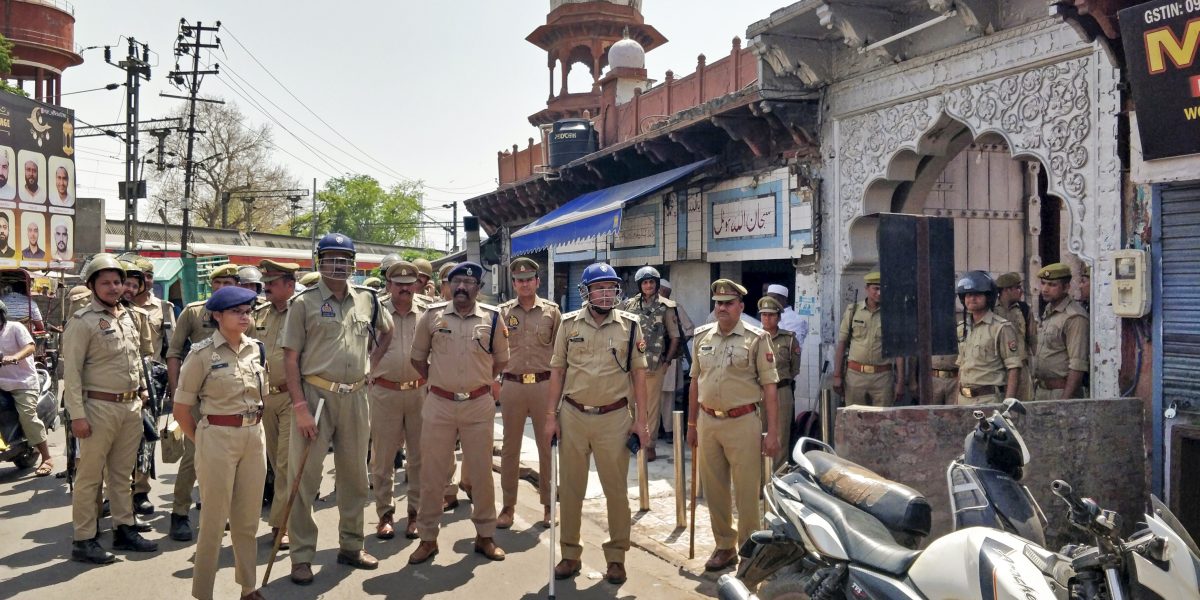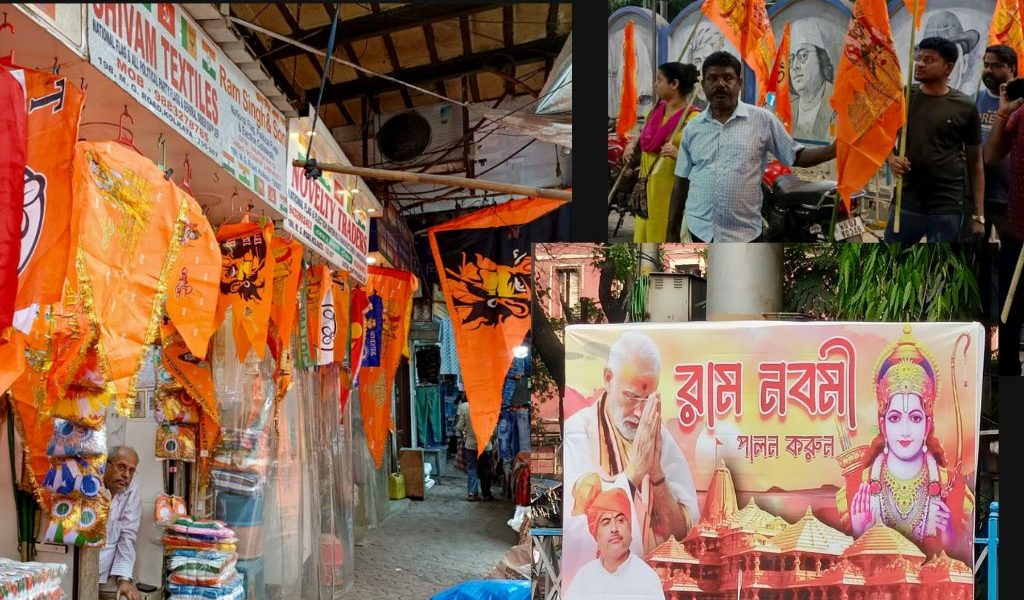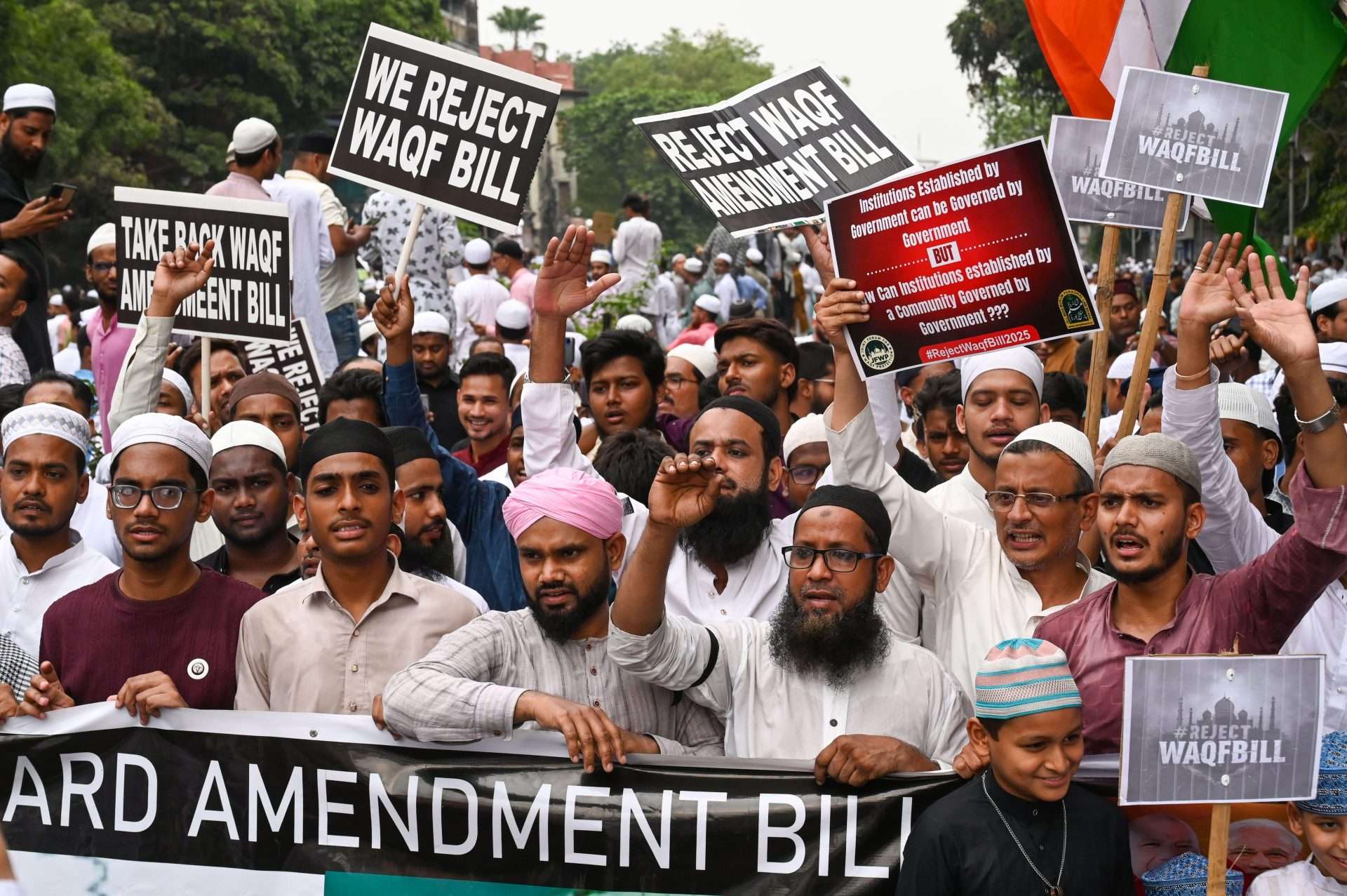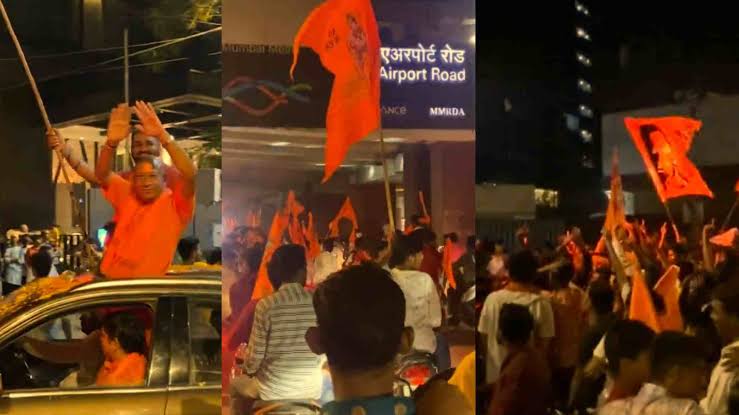
V.D. Savarkar and M.A. Jinnah were both agnostics, but deftly used their religions to change the course of history. Jinnah’s two nation theory led to India’s Partition and Savarkar’s Hindutva ideology is tearing asunder the plural, multi-religious, multi-lingual, multi-ethnic society of India today.
Swami Vivekananda had stated at the Parliament of Religions in Chicago in 1893:
“I am proud to belong to a religion which has taught the world both tolerance and universal acceptance…The doctrine preached in the Gita: ‘Whoever comes to Me, through whatever form, I reach him; all men are struggling through paths which in the end lead to Me.’ Sectarianism, bigotry and its horrible descendant – fanaticism – have long possessed this beautiful earth. They have filled the earth with violence, drenched it often and often with human blood, destroyed civilisation and sent whole nations to despair.”
The Dharmic worldview talks about Vasudhaiva Kutumbakam (the entire world is one family). The Rig Veda says: truth is one; wise men interpret it in different ways. The BJP is never tired of reminding us of India’s past glory, but never this part of it.
One would imagine that ‘Hindutva’ would mean the essence of Hindu religion. But, it was a political doctrine. Savarkar wrote:
“In the case of some of our Mohammedan or Christian countrymen…their Holy Land is far off in Arabia or Palestine. Their mythology and Godmen, ideas and heroes are not the children of this soil…A Hindu…is he who looks upon the land that extends from Sindu to Sindu – from the Indus to the Seas – as the land of his forefathers, his Fatherland (pitribhu).”
Savarkar was the first person to bring out clearly the distinction between Hindutva and Hinduism. He said:
“Here it is enough to point out that Hindutva is not identical with what is vaguely indicated by the term Hinduism.”
B.R. Ambedkar stated in his book Thoughts on Pakistan that Savarkar made a “categorical assertion that Hindus were a separate nation by themselves”. Speaking at the Hindu Mahasabha session in Ahmedabad in 1937, Savarkar said:
“These are two separate nations in the main, the Hindus and the Muslims in India.”
But Savarkar did not contemplate the division of the country. He expected the two nations to dwell in one country under one single constitution. He said that the constitution would be such that the Hindu nation will be enabled to occupy a predominant position that is due to it and the Muslim nation made to live in the position of subordinate co-operation with the Hindu nation. One can see the origins of Jinnah’s fears of Hindu majoritarianism, which is being practiced in India today.
Against this background, the Supreme Court judgment, delivered on December 11, 1995 in Dr. Ramesh Yeshwant Prabhoo v. Prabhakar Kashinath Kunte, is difficult to understand. The court said that no precise meaning can be ascribed to the terms ‘Hindu’, ‘Hindutva’, and ‘Hinduism’. The court further held that the words ‘Hinduism’ and ‘Hindutva’ are not necessarily to be understood and construed narrowly and that the term ‘Hindutva’ is related more to the way of life of the people in the subcontinent. Ram Madhav, the Rashtriya Swayamsevak Sangh thinker, in his 2021 book, The Hindutva Paradigm, has rightly raised a question,
“Which religion is not also a ‘way of life’? Semitic religions command every aspect of the believer’s life, and so do many Indian religions like Buddhism, Jainism, Sikhism and Vedic Hinduism. In that sense, they too are qualified to be not just ‘ways of worship’ but ‘ways of life’ too.”
More disturbing was the contention of the apex court that the word ‘Hindutva’ is used and understood as a synonym of ‘Indianisation’; the development of a uniform culture by obliterating the differences between all cultures co-existing in the country. As I had underlined in my 2016 book Secularism – India At A Cross Roads,
“It would evoke fears of obliterating the religious and cultural identities of the minorities in the country.”
These fears have come true.
The SC has declared secularism as a part of the basic structure of the constitution, but it was shocking to see the 1995 judgment of the court which concluded that the appeal made by the Shiv Sena and the BJP to vote for their candidate so that ‘the first Hindu State will be established in Maharashtra’ was not an appeal for votes on religious grounds, but the expression, at best, of such a hope. This contradiction in the position of the court needs to be rectified. It was expected that the court would do it while hearing the appeal in the above election case but it has preferred to confine itself only to whether an electoral corrupt practice was committed. It is high time the issue is addressed by the court. Otherwise, the future of secularism in India is in serious danger. The SC itself had expressed doubts some time ago about how long India would continue to be secular.
Looking to the philosophy and world view of Hindu religion briefly referred to above, it was a travesty to read the deliberations of the so-called Dharma Sansad held in Haridwar in December 2021 in which highly-provocative communal speeches were made and a call was given for the genocide of Indian Muslims.
It was shocking to see that no arrests were made till the matter was taken to court. More shocking was the deafening silence of the top leaders of the state and the Central government. Continuous attempts are being made for polarisation of the polity as seen from the speeches of Adityanath, the chief minister of UP, talking about 80:20 (Hindus and minorities) division of voters.
These are highly disturbing signs of India’s inexorable march towards a Hindu Rashtra. India is facing a mini-general election this year with five states going to polls. The voters must insist on secular political parties pledging that they will take steps to separate religion from politics, a goal which has been consciously sidelined in spite of the resolution passed by the Constituent Assembly (Legislative) in 1948.
This story first appeared on thewire.in






